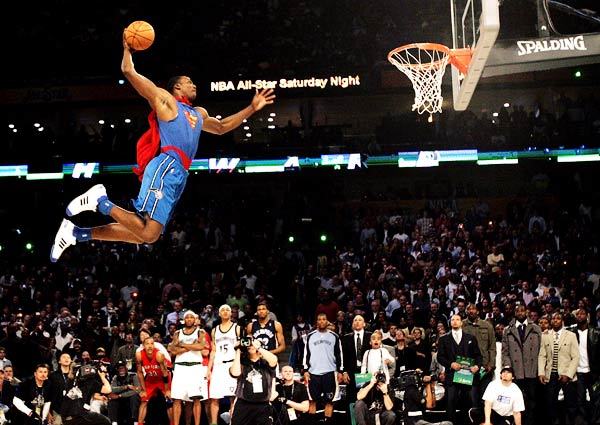During the last half of the 19th century, the Knights of Labor was one of the most powerful and influential labor unions. The Knights of Labor represented all workers, in all industries. The Knights of labor did not influence striking as a way to earn better wages, but during the Great Railroad strike of 1877, some of the members participated and due to the success of the strike, many workers joined the Knights of Labor, and the union expanded greatly. After the President of the Knights of Labor, Uriah Stephens, retired in 1879, Terrence Powderly took over and the union started to use operate cooperative business between the workers. Years later in 1883 and 1884, the Knights of Labor striked against the glass, telegraph, cotton, shoe-manufacturing, carpet-weaving, mining, iron-casting, and railroad industries winning all but one of their strikes. Then in 1884 the union striked against the Union pacific railroad company and won fighting over wages, and in 1885 the union striked against Jay Gould's Southwest railroad empire winning one of their two strikes. After the strikes in 84' and 85' the Knights of Labor had their largest amount of members at 750,000 and looked to be a very promising organization. The organization then was hurt very badly as some members participated in the haymarket square riot in Chicago as the Knights of Labor were blamed for the entire riot due to the involvement of some members. After this occurrence, the Knights of Labor diminished as the number of members dropped all the way down to a few thousand members by the beginning of the 1900's and the organization merged with the AFL.
"Knights of Labor." American History. ABC-CLIO, 2010. Web. 31 Jan. 2010. http://www.americanhistory.abc-clio.com/.
Subscribe to:
Post Comments (Atom)

No comments:
Post a Comment